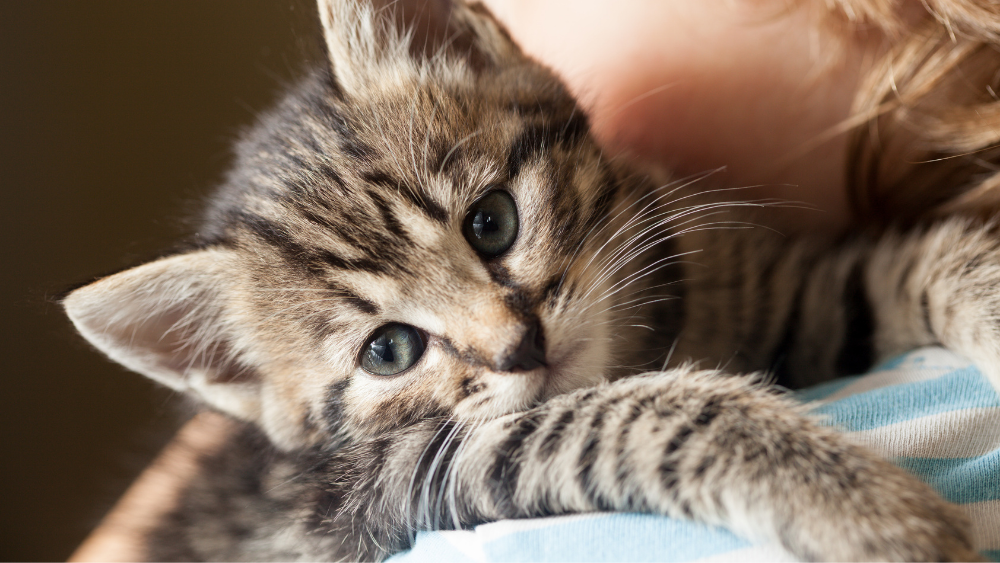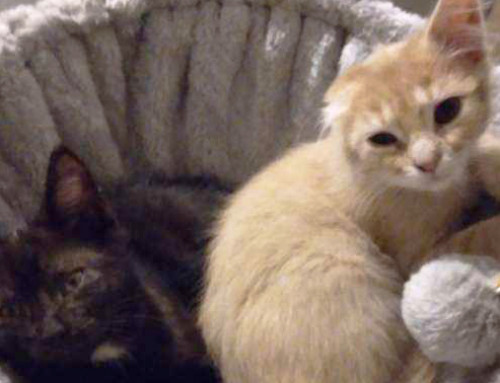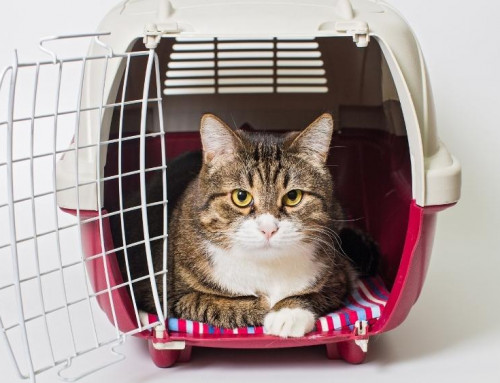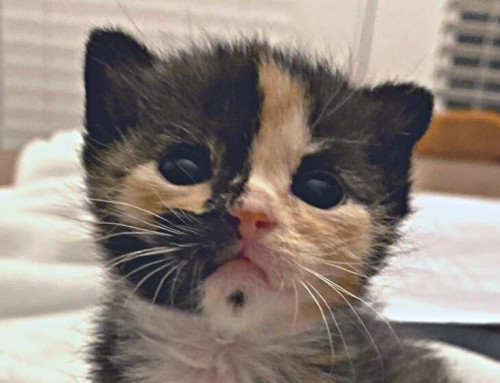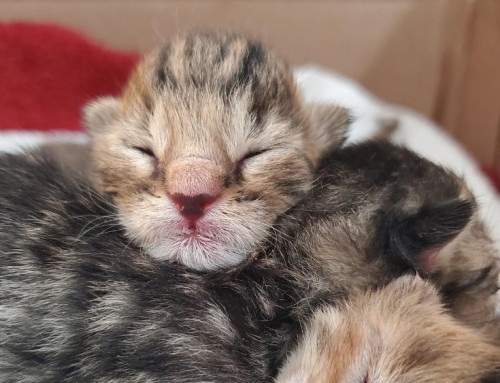Share this resource or email it to a friend!
The American Association of Feline Practitioners defines early spaying and neutering as surgical sterilization of sexually immature animals who are 6–14 weeks of age. Spaying involves removal of the female’s uterus and ovaries; neutering involves removal of the male’s testicles.
Early spaying and neutering of kittens (and puppies) has been done since the 1970s and is now done by animal shelters and rescue organizations around the world. Because kittens can become pregnant as young as 4 months of age, early spaying and neutering is especially important to reduce their overpopulation and their euthanasia.
Neonatal kittens are most at risk of euthanasia. The National Kitten Coalition defines neonates as kittens who are unweaned and require extensive, around-the-clock care, including bottle feeding. Typically, they are under 4 weeks of age and can’t survive on their own without their mother or a surrogate caregiver.
Fortunately, healthy kittens who weigh at least 1-1/2–2 pounds can be safely spayed or neutered as early as 6 weeks of age. To reduce the risk of low blood sugar (hypoglycemia), young kittens should be fasted no more than 3-4 hours before surgery. Additionally, because young kittens have less insulating fat and can’t yet regulate their body temperature, they should be maintained on a heating device during surgery and recovery.
Early spaying and neutering surgery has many health and behavior benefits, including:
- It is faster than surgery for older cats; young kittens have less fat, making it easier to find and remove the reproductive organs, and they have smaller blood vessels, making bleeding minimal.
- It requires less anesthesia, which generally makes recovery quicker than older cats; kittens are up and active quicker after surgery, too.
- It virtually eliminates reproductive cancers, such as mammary and testicular tumors, and pyometra (infection of the uterus).
- It reduces the incidence of Feline Leukemia Virus (FeLV), which is typically passed from an infected mom cat to kittens in utero or through nursing.
- It reduces the incidence of Feline Immunodeficiency Virus (FIV), which is typically transmitted via deep bite wounds inflicted between male cats fighting for females or territory.
- It reduces or eliminates nuisance behaviors such as urine spraying to mark territory, yowling when in heat and fighting over mates.
Although spaying and neutering of pet cats at 6 months of age is not based on research, it continues. Some private practice veterinarians may not be aware that spaying and neutering by 5 months of age is now recommended and endorsed by the American Veterinary Medical Association, the American Association of Feline Practitioners, the Association of Shelter Veterinarians, the American Animal Hospital Association, the United Spay Alliance, the EveryCat Health Foundation, the Cat Fanciers’ Association and many other organizations.
Now that you know the facts, speak to your veterinarian about scheduling your kitten’s spay or neuter surgery by 5 months of age. It’s a win-win for everyone.
For Cat Parents
https://www.felinefixbyfive.org/cat-parent-resources

